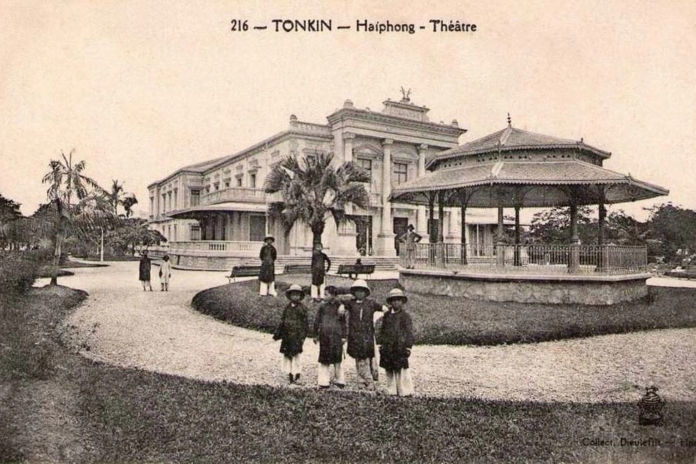[Reading level: B2 – Upper Intermediate]
Hai Phong was once a small fishing village along the Cam River, later developed by the French into a maritime-industrial city.
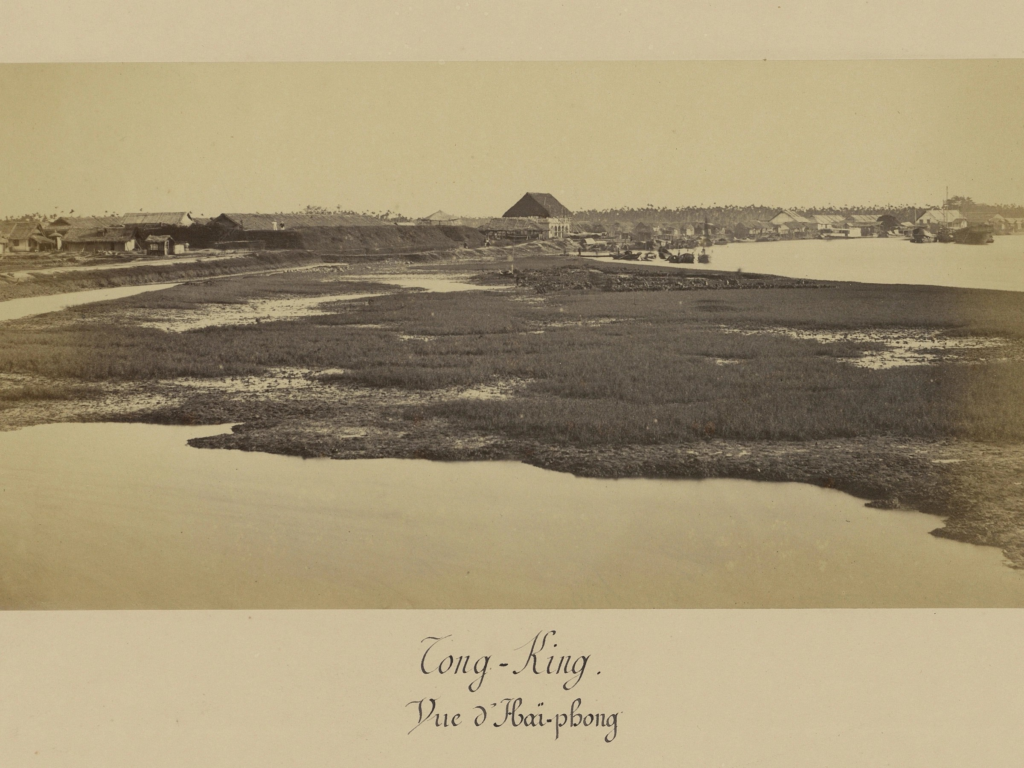
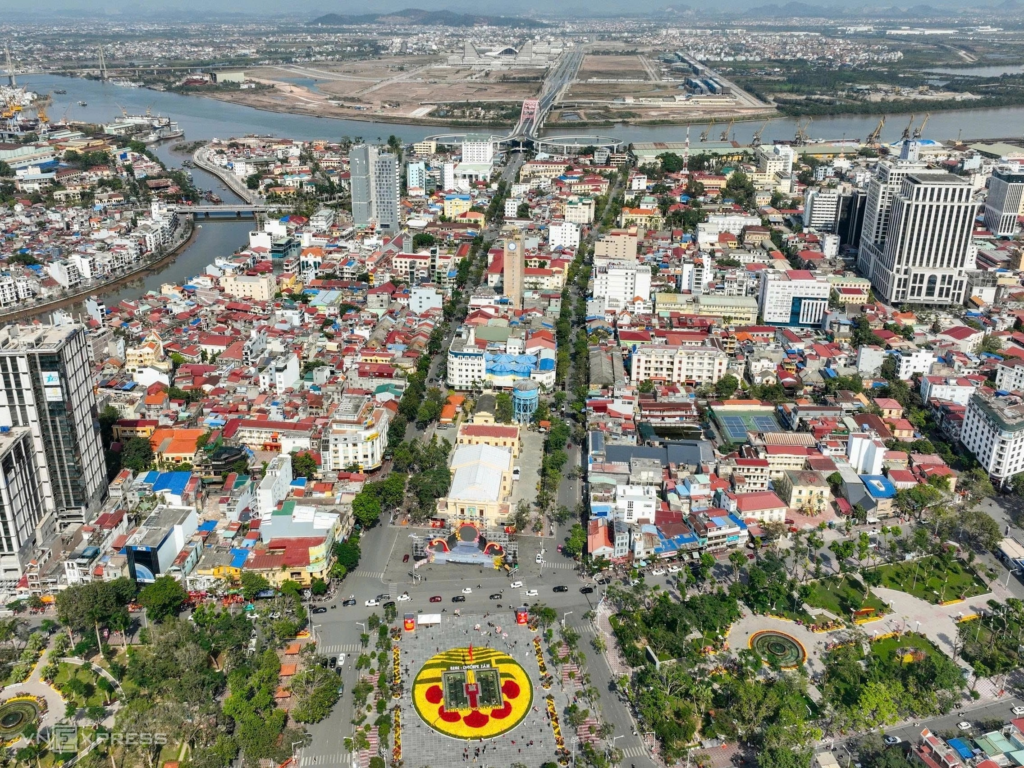
At the end of the 19th century, Hai Phong belonged to Hai Duong province, rather than a feudal citadel like Hanoi or a large urban center like Hoi An. It was merely a small fishing village near the river mouth, rarely receiving attention for development.
During the reign of King Tu Duc, Bui Vien was assigned to build a port at the mouth of the Cam River (named Ninh Hai) and establish a military base called Hai Phong Su. The patrol force included 200 warships and 2,000 skilled marines. The Hai Phong Su base is believed to be the origin of the name “Hai Phong.”
In 1874, the Hue court signed a treaty granting five acres of land and control of the Ninh Hai port to the French. From that point until the early 20th century, Hai Phong was expanded and developed into a maritime-industrial city.
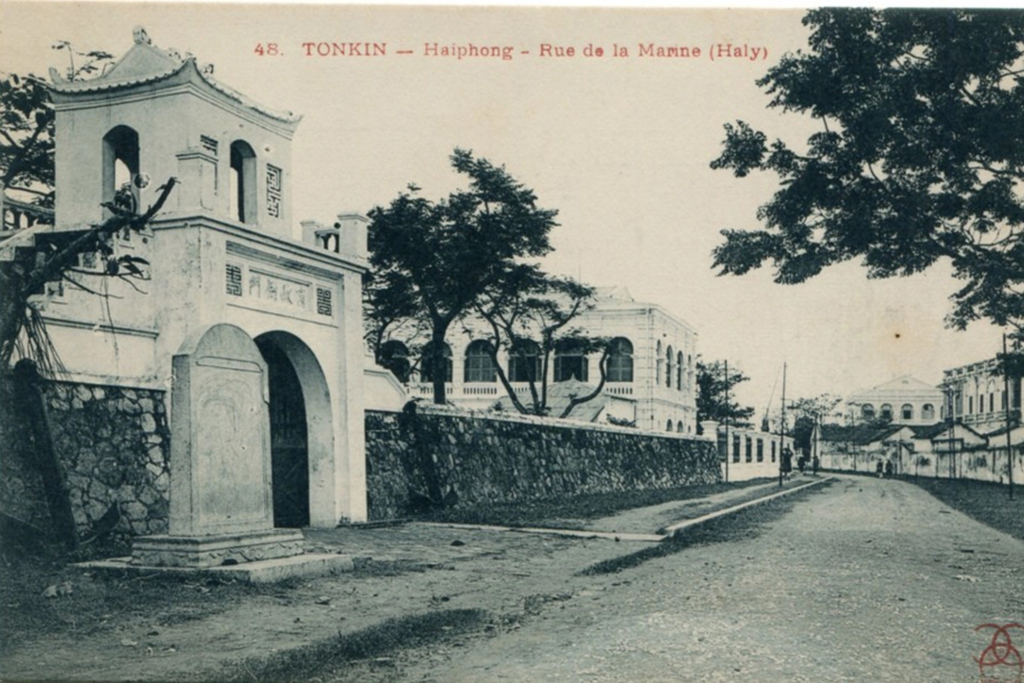
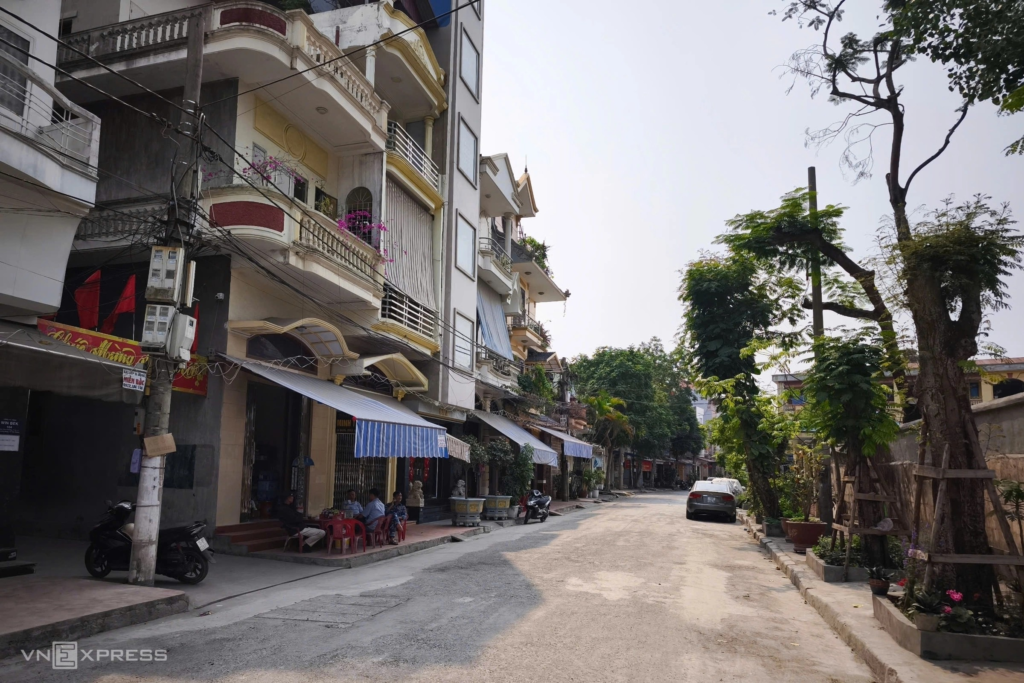
After the treaty, the joint tax authority managing commerce in the Ninh Hai port area—called “Hai Duong Commercial Customs Office”—was established at the confluence of the Tam Bac and Cam rivers, now Phan Dinh Phung street in Hong Bang district.
In 1887, the French colonial government proposed separating some coastal districts of Hai Duong province near the Ninh Hai port to establish Hai Phong province. On July 19, 1888, Hai Phong province was then divided into Hai Phong City and Kien An province.
During the colonial period, Hai Phong was classified as a first-class city by the Governor-General of Indochina, on par with Hanoi and Saigon.

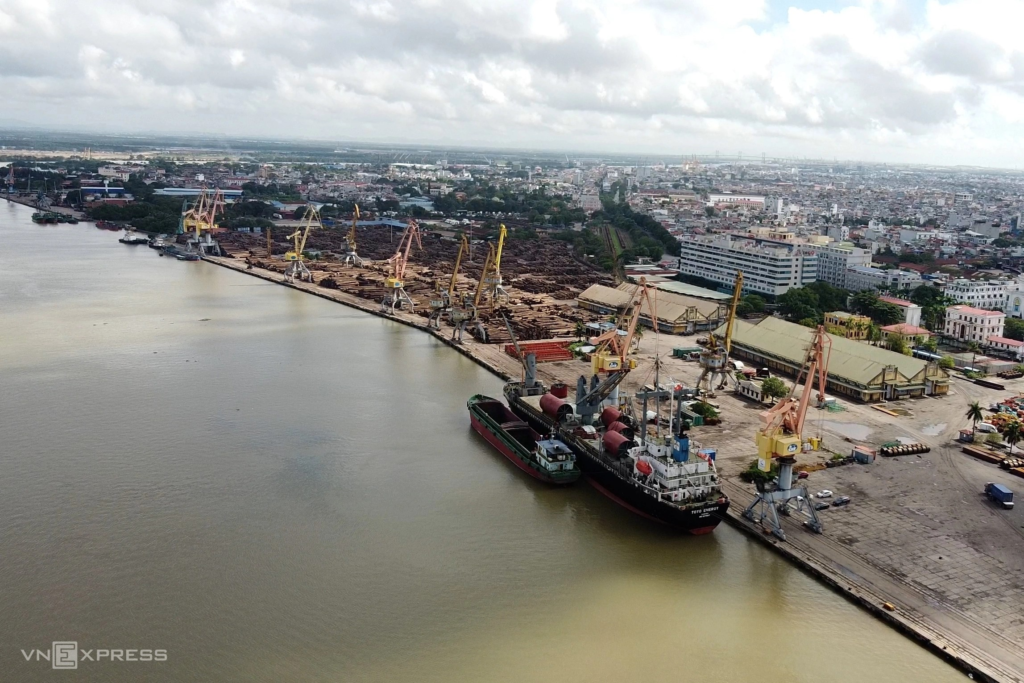
Hoang Dieu port, Hai Phong’s first port, seen from above in the 1920s–1930s. The port was built by the French on land along the Cam River, which had been ceded by the Nguyen dynasty.
Administratively, Hai Phong City was a concession territory, so governance and exploitation were directly managed by the French. They built a major seaport known as the “Six Warehouses Wharf,” and invested in turning Hai Phong into a major industrial, commercial, and financial center—second only to Hanoi and Saigon at the time. Most important was the port system’s role as the largest international trade gateway in northern Vietnam.
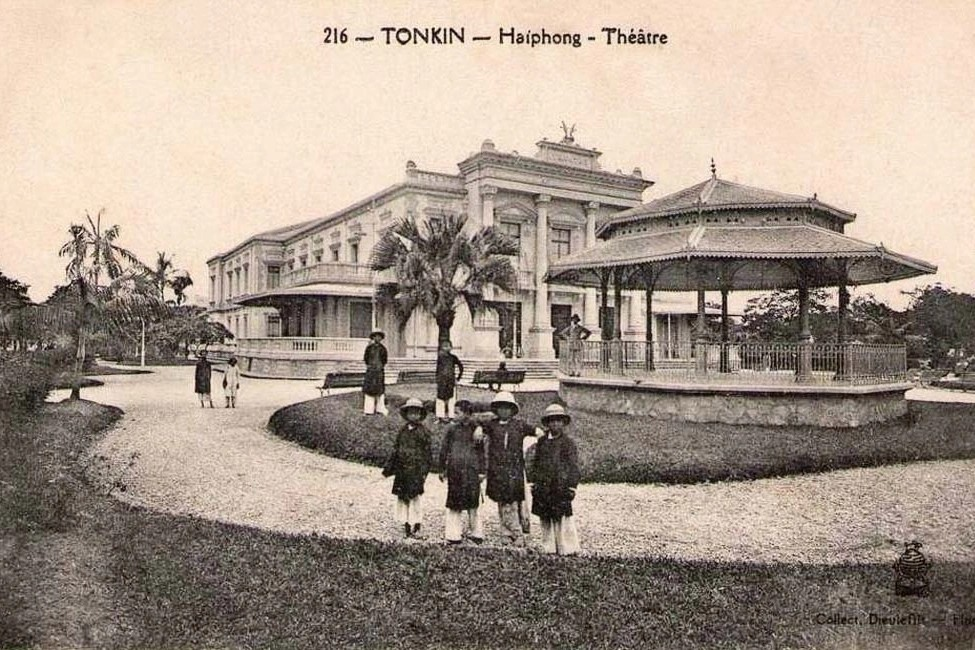
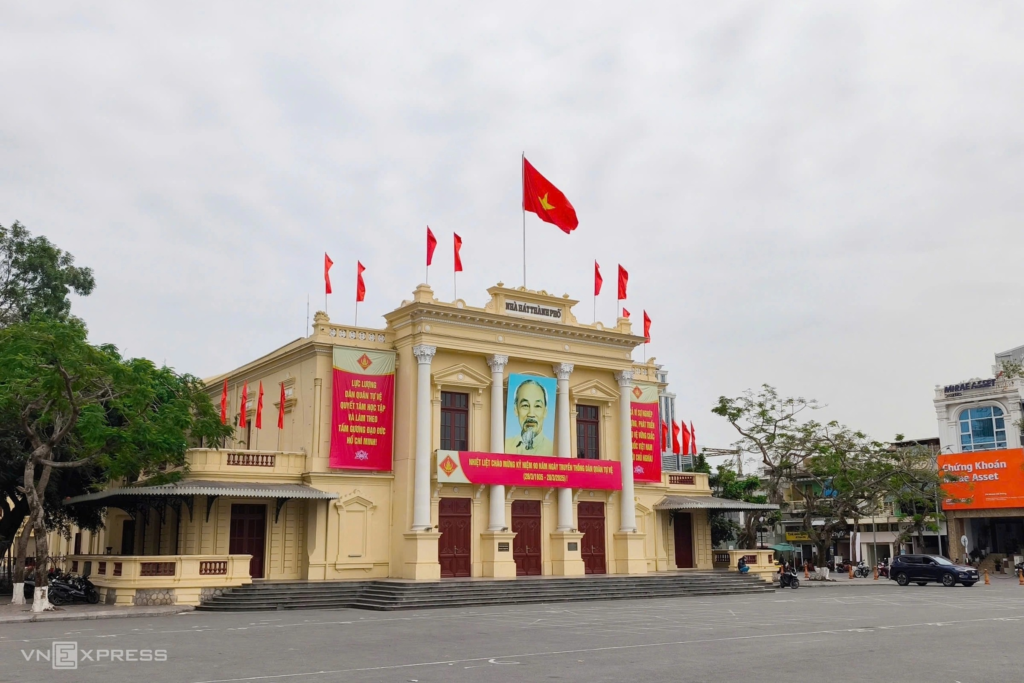
Beyond the port system and factories, the French also built numerous headquarters and cultural buildings, the most famous being the Opera House. This was one of only three major opera houses built by the French in Vietnam.
According to researcher Pham Tue, the opera house was inaugurated on November 16, 1900, 11 years before the one in Hanoi and 9 months after the one in Ho Chi Minh City. Today, it still hosts major events.
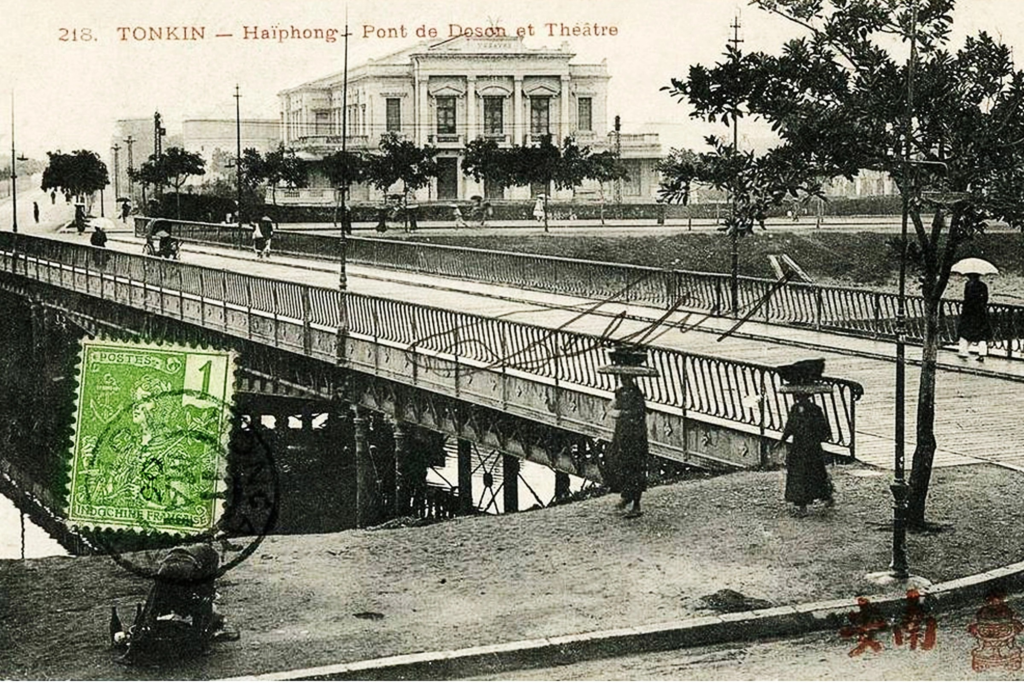
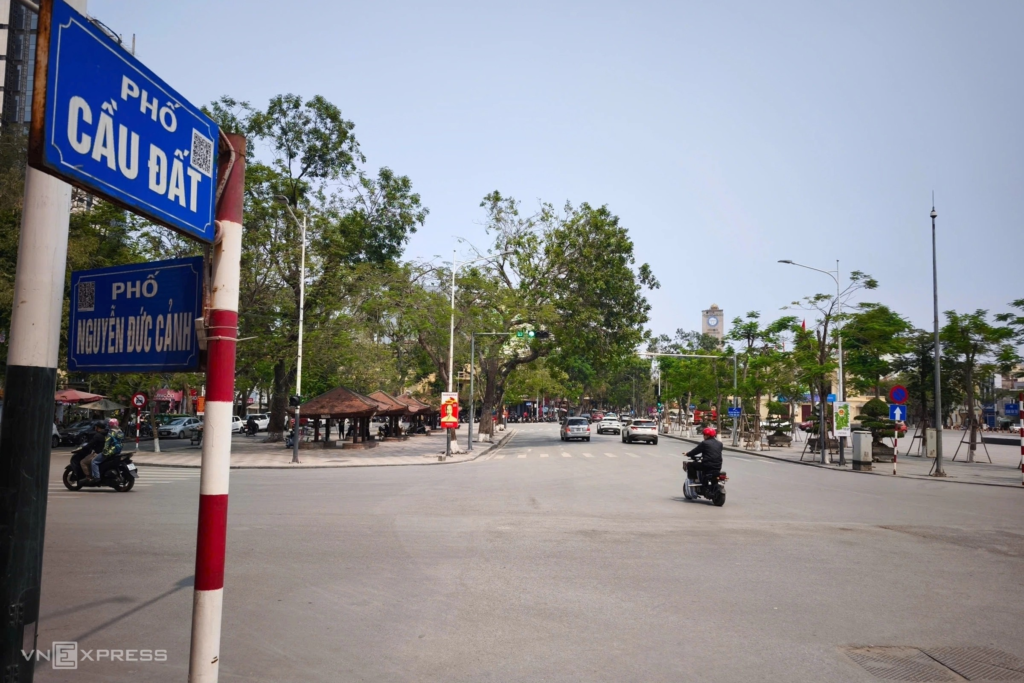
The bridge spanning the Bonnal canal was initially named Do Son Bridge because it connected to the road leading to Do Son, but was later renamed Doumer Bridge.
Resident Commissioner Bonnal had the ring canal (Bonnal Canal) dug, 74 meters wide, linking the Tam Bac River with the Cam River. It separated the French quarter and the native streets (mostly Chinese residents) from Vietnamese villages in the south.
A large portion of the Bonnal Canal was filled in between 1918 and 1920 to make way for urban expansion. Bonnal Bridge, thus, became a road. In 1944, Mayor Luciani (a position similar to today’s provincial/city People’s Committee Chairman) had five flower kiosks built in this area.
[Hải Phòng 11, 12]
The Bonnal Canal was dug in 1885 and was mostly filled between 1918 and 1925. Since then, it has become the central flower garden strip. The remaining part of the canal is now Tam Bac Lake.
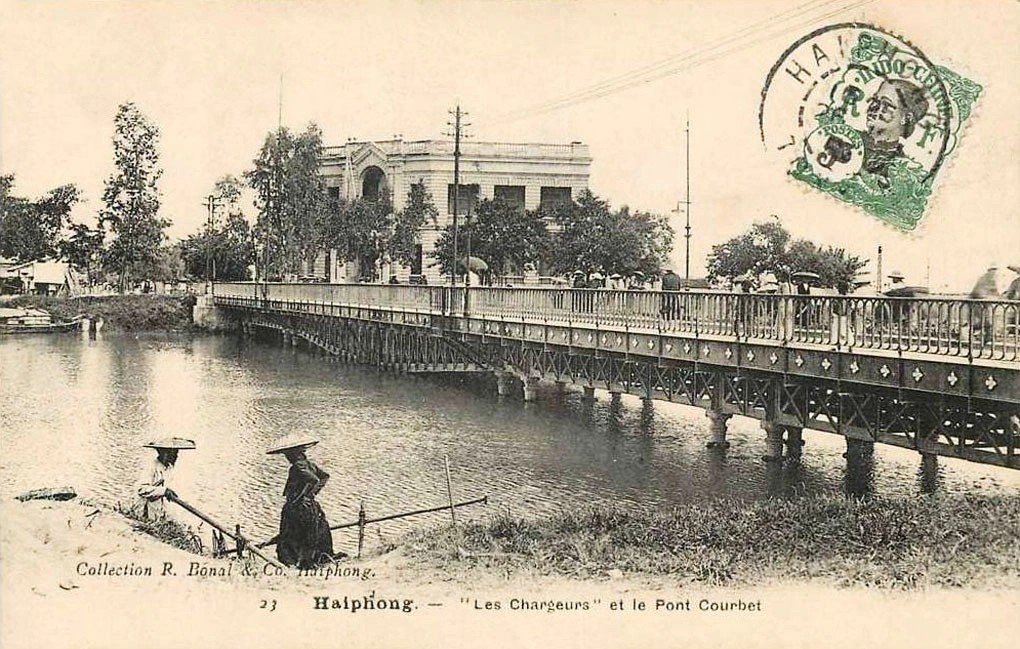
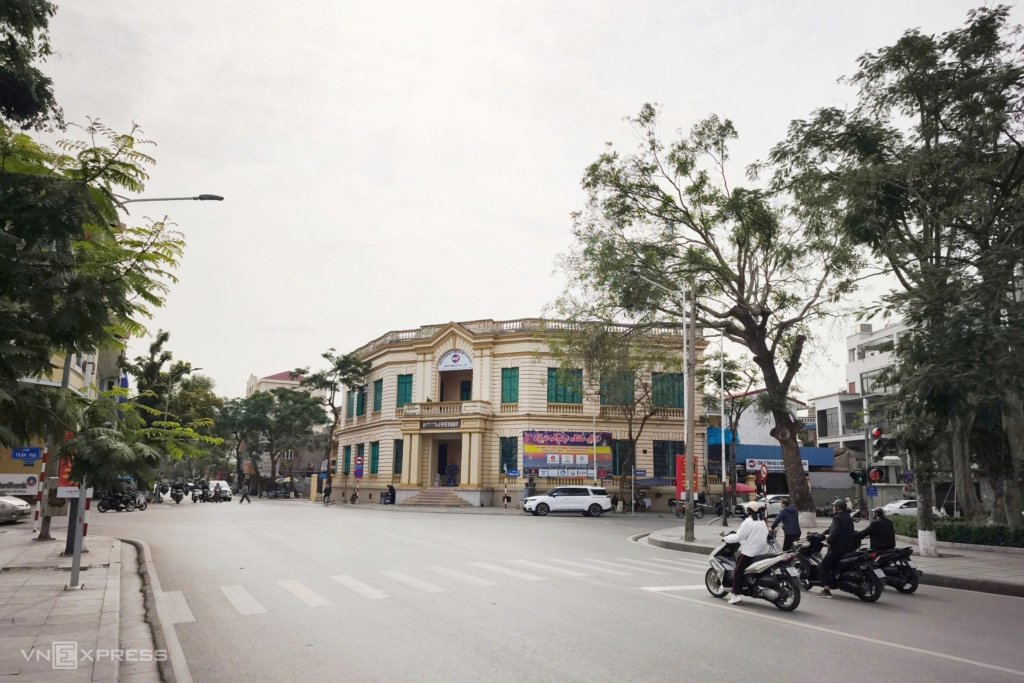
Courbet Bridge across the Bonnal Canal, at the section crossing Paul Bert Boulevard (now Dien Bien Phu Street), photographed in the early 20th century.
At the end of the bridge was the headquarters of the Chargeurs Réunis shipping company. Since the company often flew a five-star flag, locals commonly referred to it as the “Five-Star Shipping Company.”
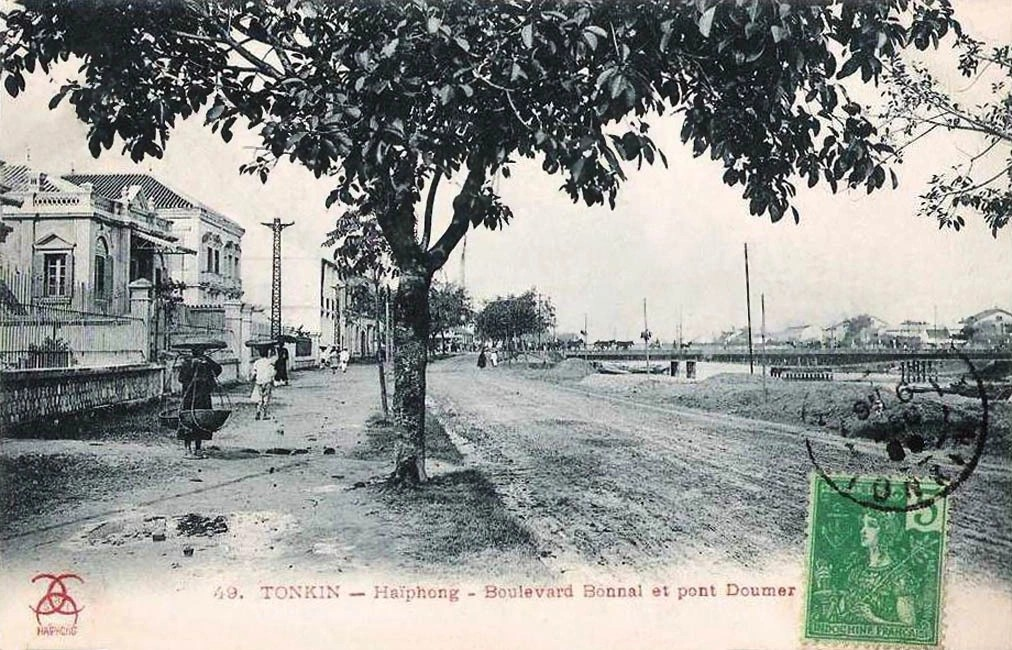
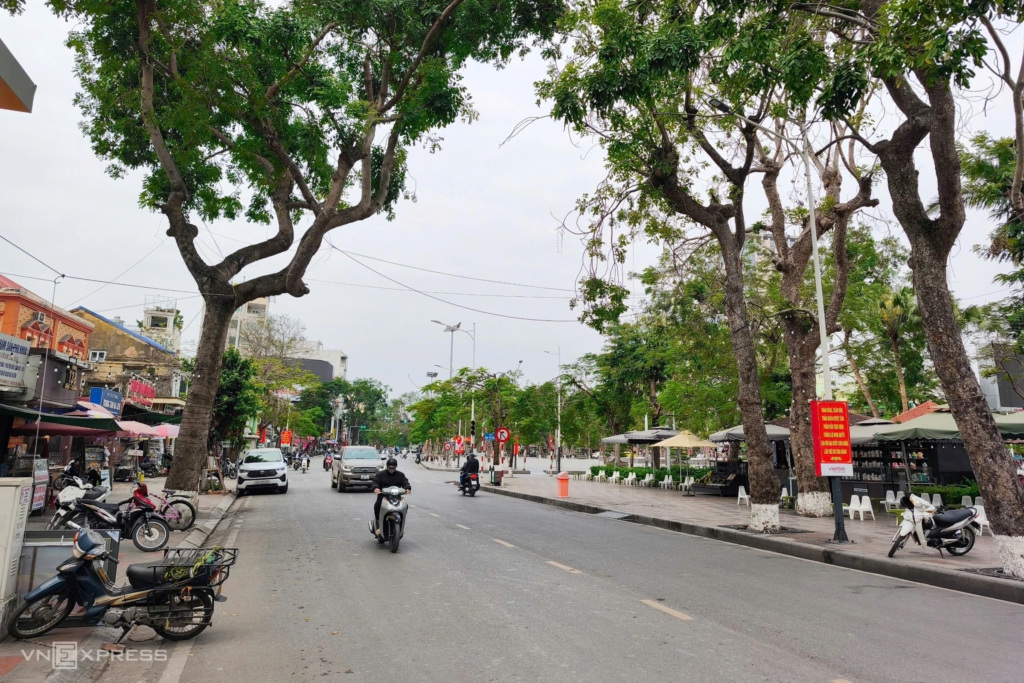
Bonnal Boulevard (now Tran Phu Street) had electric poles by the late 19th century. According to researcher Pham Tue, Hai Phong was the first city in Vietnam to have electric lighting (February 1, 1893), two years before Hanoi (January 6, 1895) and even before Saigon (1896).
The Cua Cam Power Plant, built in 1892, was the first power plant in Indochina and the second in Asia, after Japan by five years. The large villa in the photo was once the home of a wealthy Chinese businessman, later a Japanese hotel, and then the clinic of French doctor Fesquet. Today, it is Hai Phong’s Dermatology Center.
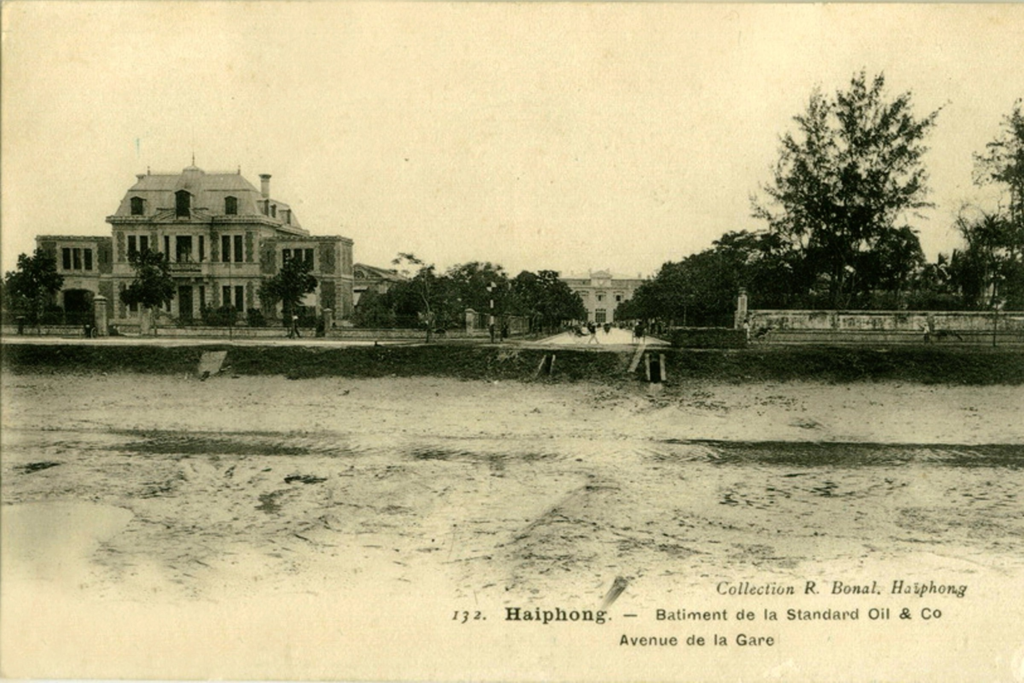

Headquarters of Standard Oil Company on Bonnal Boulevard, photographed in the early 20th century. In the middle was the road leading to Hai Phong Train Station.
This building is now the headquarters of Ngo Quyen District People’s Court. The road to the station is now named Pham Ngu Lao.
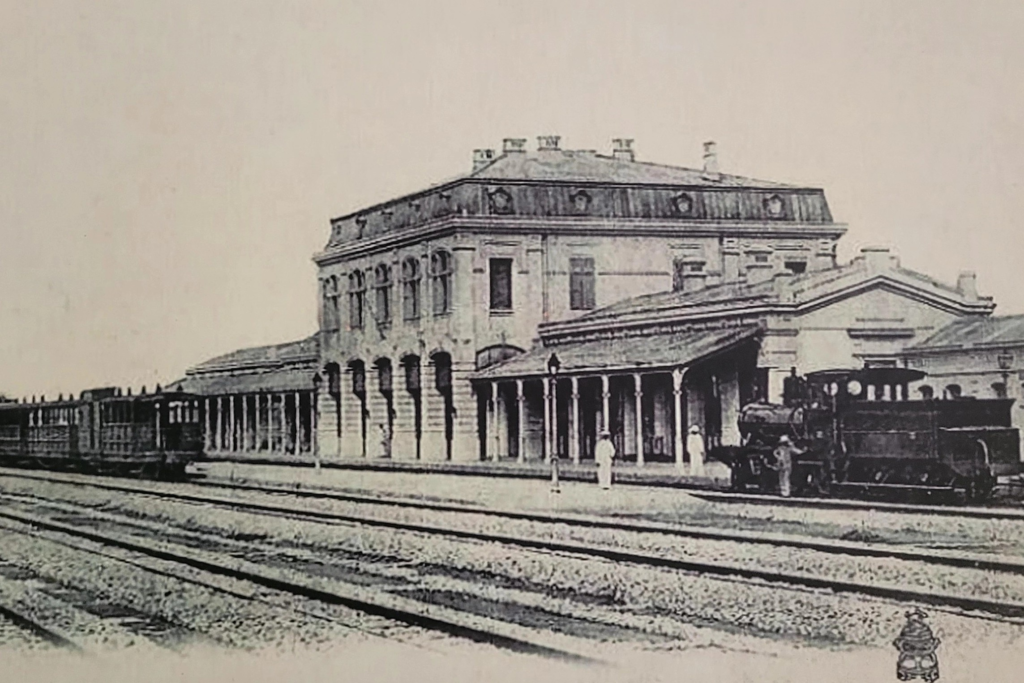
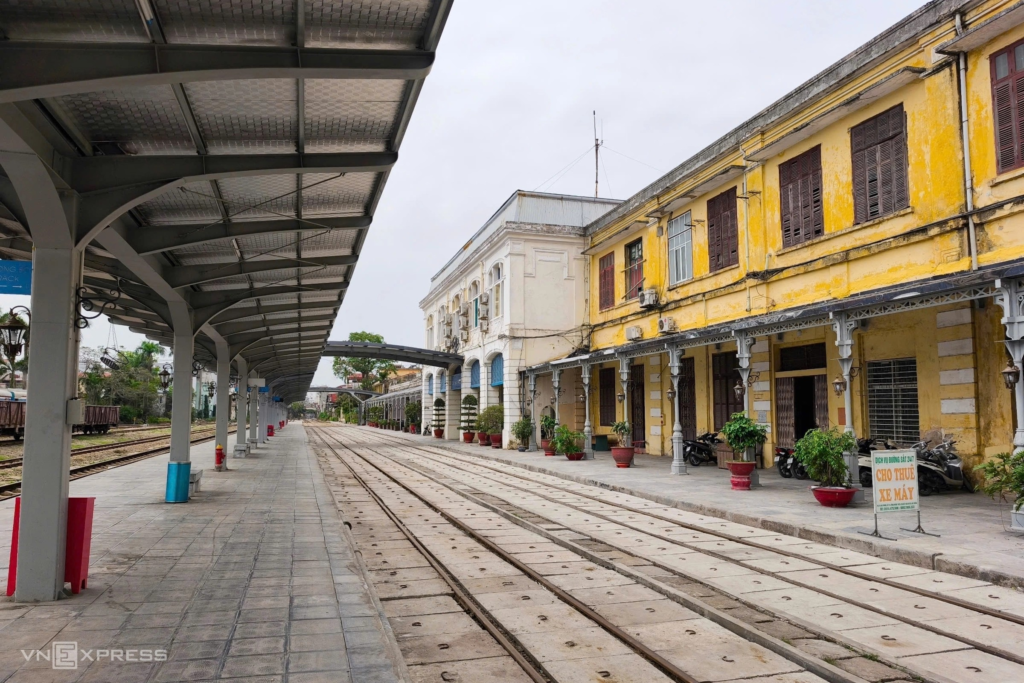
Hai Phong Station was built around 1902 and remains one of the largest and most beautiful train stations in northern Vietnam.
During the first phase of colonial exploitation, the French promoted the development of roads and railways to connect Hai Phong Port with Hanoi, spreading across northern and north-central Vietnam to facilitate the transport of goods and raw materials.
The Hai Phong – Lao Cai railway, 383 km long, was started in 1899 and completed in 1906, helping the French to exploit the rich resources of northern Vietnam and penetrate the South China market. The Hai Phong – Hanoi highway, over 100 km long, was also completed and classified as Colonial Route No. 5.
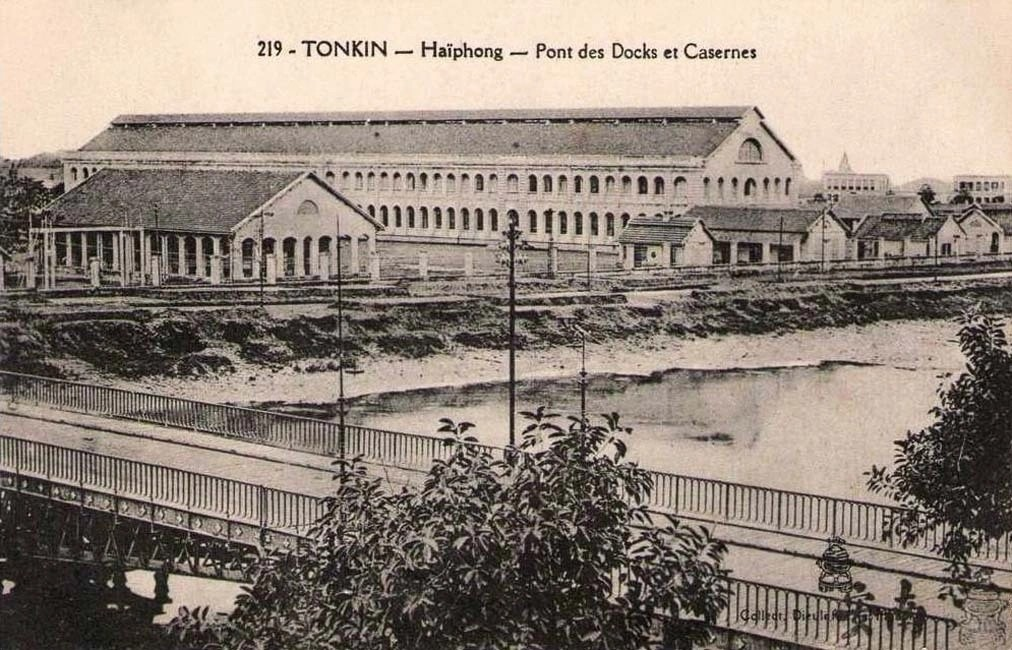
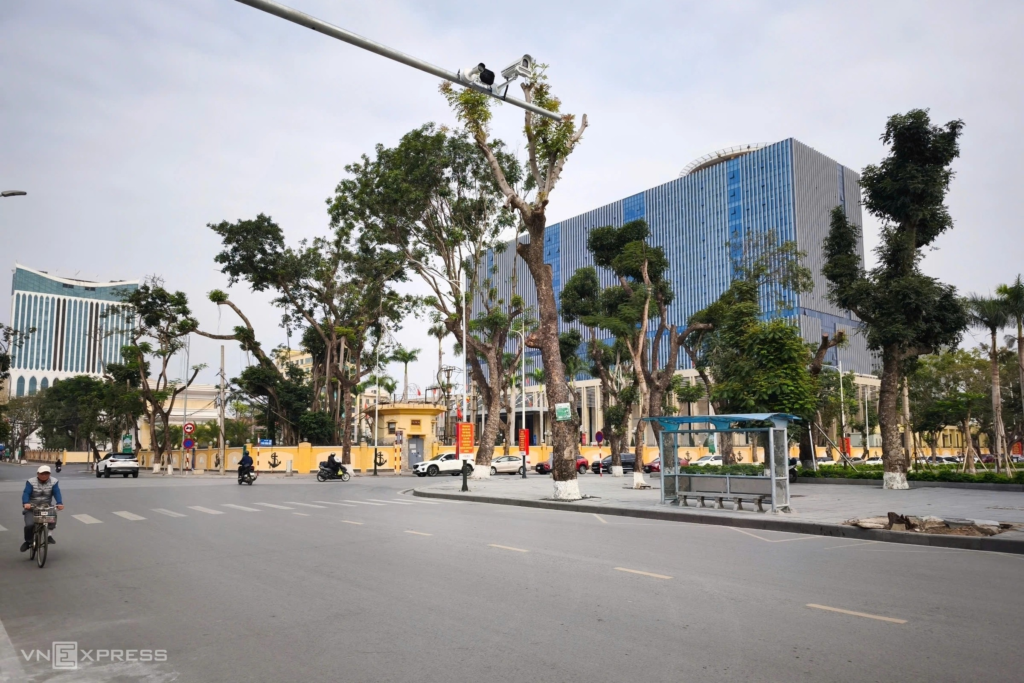
The area around Courbet Bridge photographed from the Five-Star Shipping Company, looking toward the French military barracks, which is now the headquarters of the Naval Command.
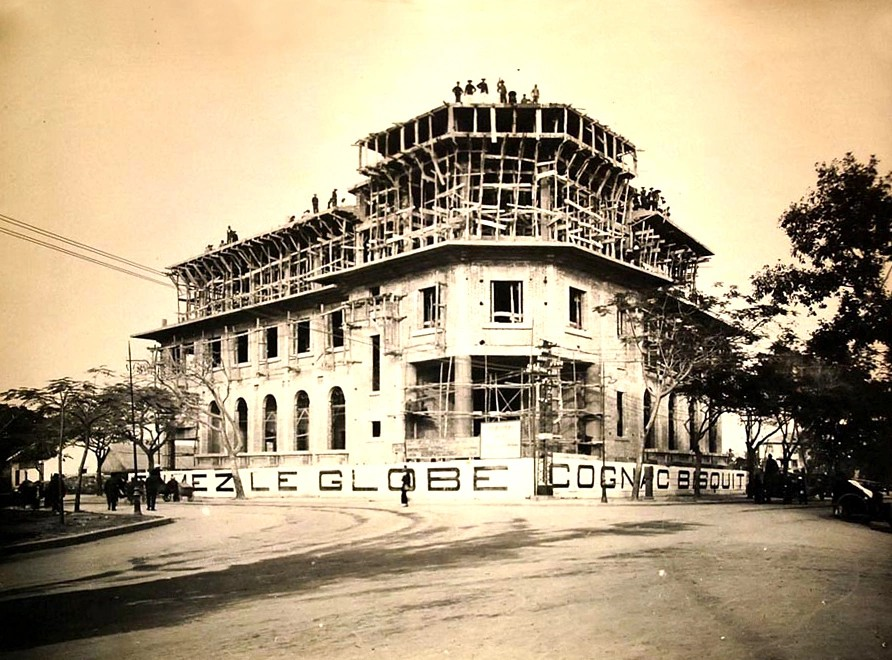
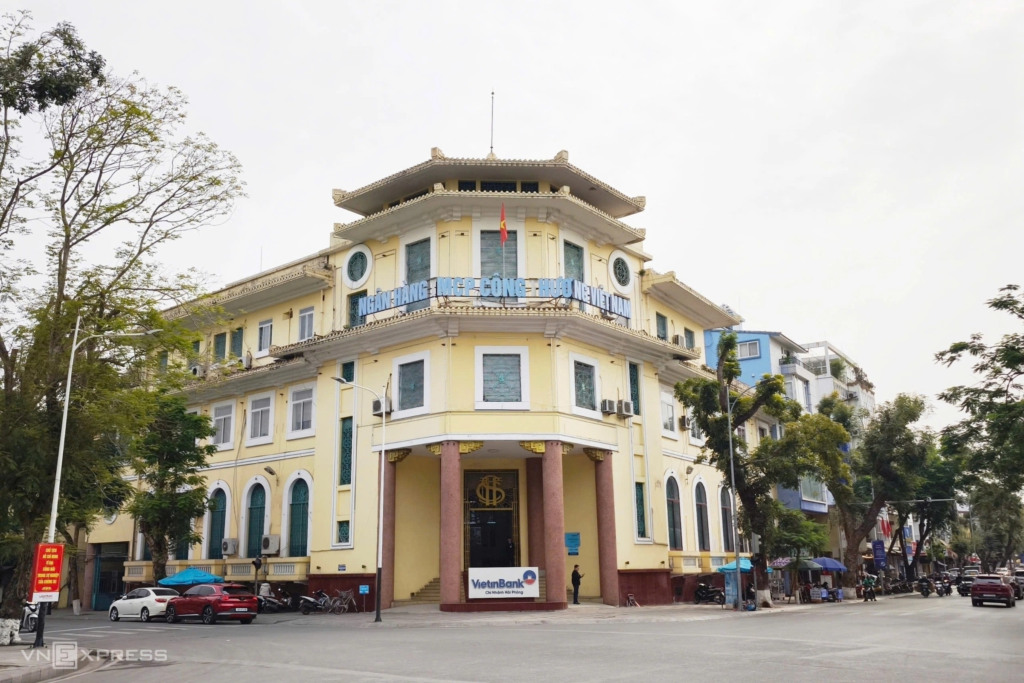
The headquarters of the Société Financière Française et Coloniale (SFFC) in Hai Phong was built in 1926 and completed in 1927.
The building stood opposite the Five-Star Shipping Company, so locals often called it the “Five-Star Bank.” Today, this building houses a bank branch.

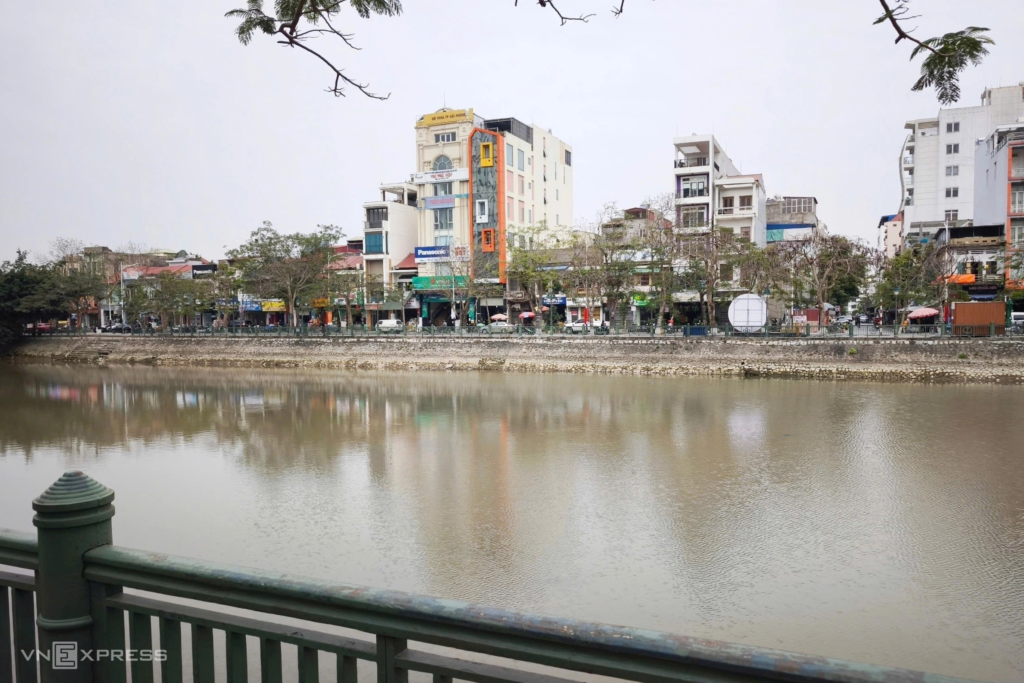
The old Ca-rong Bridge was located in line with present-day Pham Hong Thai Street, Hong Bang District. This once-famous bridge stood opposite the Ong Sao Fish Sauce Company on Quang Trung Street, which still shows remnants.
When the authorities filled in the Bonnal Canal, the owner of the Ca-rong Ship Repair Company (headquartered at what is now the International General Hospital on Nguyen Duc Canh Street) protested due to its impact on his business. A compromise was reached to preserve a section of the river—now Tam Bac Lake—but the company had to build a bridge to connect both sides.
The bridge was built in 1925 with iron structures and wooden planks. It could be lifted to allow boats to pass under the Bonnal Canal at scheduled times. During the resistance against the French, the bridge was damaged. After the city was reclaimed, the bridge was used for a while before being dismantled in late 1970 due to its irreparable condition.
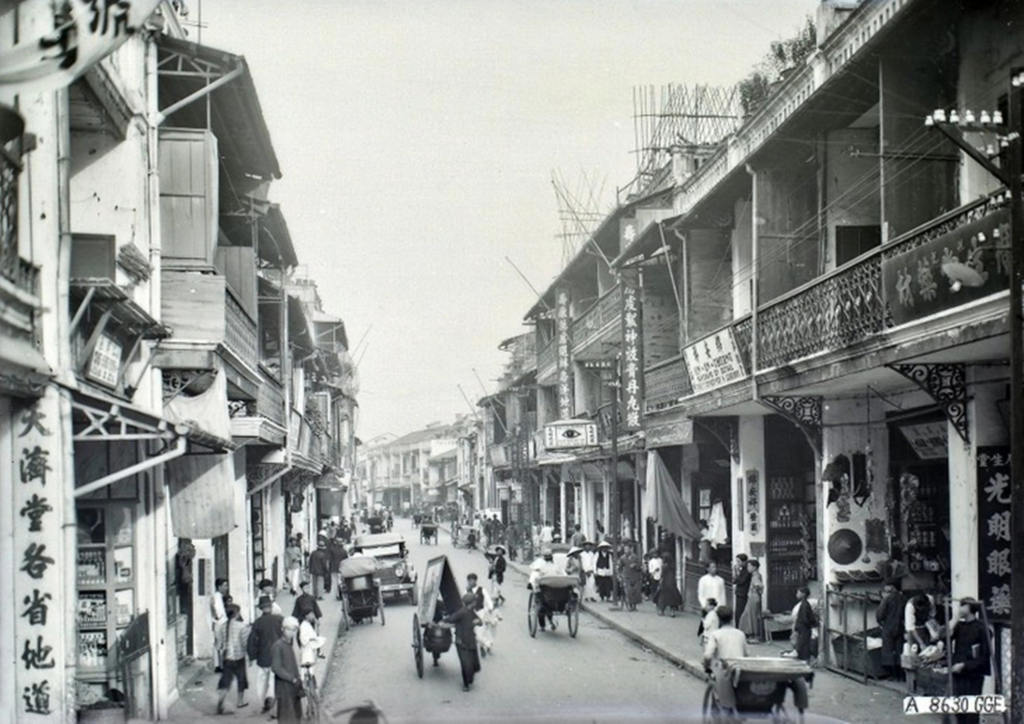
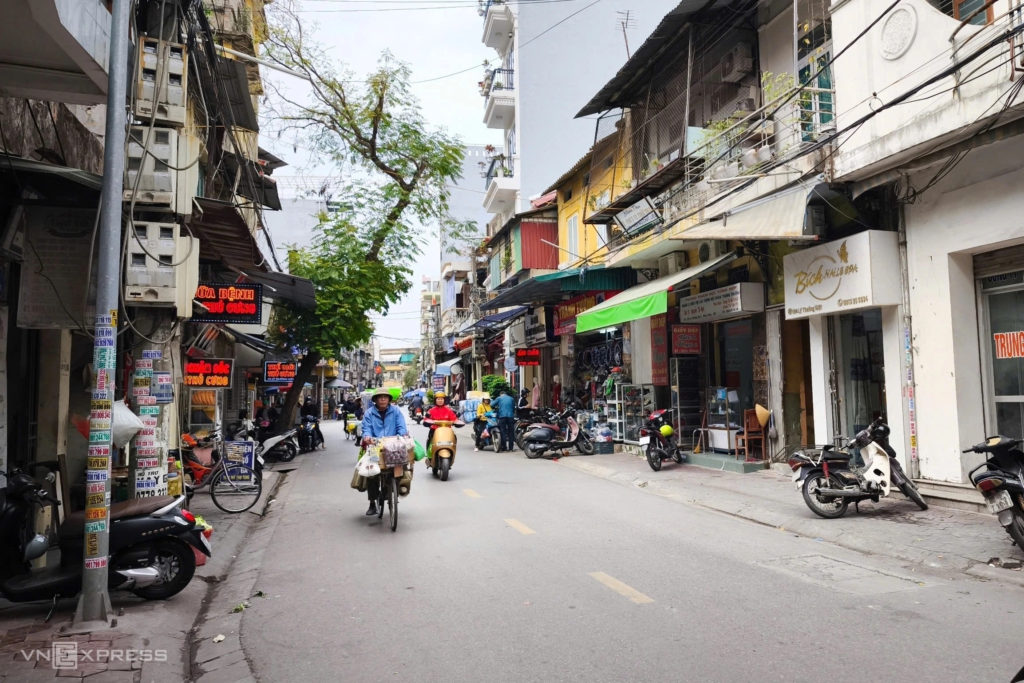
The Chinese quarter in Hong Bang District in 1920, now Ly Thuong Kiet Street. The Chinese bourgeoisie had been present in Hai Phong since the early days of French exploitation of the concession area. They owned many factories, hotels, and workshops. The population exceeded 10,000 in 1920, concentrated in what are now Ly Thuong Kiet and Quang Trung streets.
Source: https://vnexpress.net/hai-phong-100-nam-truoc-4869373.html
WORD BANK:
feudal /ˈfjuː.dəl/ (adj): phong kiến
citadel /ˈsɪt̬.ə.del/ (n): thành lũy
river mouth /ˈrɪv.ɚ maʊθ/ (n): cửa sông
reign /reɪn/ (n): triều đại, thời kỳ trị vì
military base /ˈmɪl.ə.ter.i beɪs/ (n): căn cứ quân sự
patrol /pəˈtroʊl/ (v): tuần dương, tuần tra
marine /məˈriːn/ (n): thủy quân
treaty /ˈtriː.t̬i/ (n): hiệp ước
grant sth to sb /ɡrænt/ (v): dâng, trao, tặng cái gì cho ai
joint tax authority /dʒɔɪnt tæks əˈθɔːr.ə.t̬i/ (n): cơ quan thuế vụ chung
confluence /ˈkɑːn.flu.əns/ (n): ngã ba sông
propose /prəˈpoʊz/ [B2] (v): đề xuất
coastal /ˈkoʊ.stəl/ (adj): ven biển
classify sth as sth /ˈklæs.ə.faɪ/ [B2] (v): phân loại cái gì là cái gì
on par with sb/sth /ɑːn pɑːr/ (idiom): ngang với ai/cái gì
cede /siːd/ (v): nhường quyền
dynasty /ˈdɪn.ə.sti/ (n): triều đại
administratively /ədˈmɪn.ə.strə.t̬ɪv.li/ (adv): về mặt hành chính
concession territory /kənˈseʃ.ən ˈter.ə.tɔːr.i/ (n): nhượng địa
governance /ˈɡʌv.ɚ.nəns/ (n): cai quản
exploitation /ˌek.splɔɪˈteɪ.ʃən/ [C1] (n): khai thác
wharf /wɔːrf/ (n): bến cảng
second only to sb/sth /ˈsek.ənd ˈoʊn.li tuː/ (phrase): chỉ đứng sau ai/cái gì
trade gateway /treɪd ˈɡeɪt.weɪ/ (n): cửa ngõ giao thương
headquarter /ˈhedˌkwɔːr.t̬ɚ/ (v): đặt trụ sở
inaugurate /ɪˈnɑː.ɡjə.reɪt/ [C2] (v): khánh thành
host sth /hoʊst/ (v): tổ chức, đăng cai cái gì
span sth /spæn/ (v): bắc qua cái gì
canal /kəˈnæl/ (n): kênh đào
resident commissioner /ˈrez.ə.dənt kəˈmɪʃ.ən.ɚ/ (n): công sứ
ring /rɪŋ/ (n): vành đai
portion /ˈpɔːr.ʃən/ (n): phần
make way for sth /meɪk weɪ fɔːr/ (v): nhường chỗ cho cái gì
mayor /ˈmeɪ.ɚ/ (n): thị trưởng
People’s Committee /ˈpiː.pəlz kəˈmɪt̬.i/ (n): Ủy ban Nhân dân
kiosk /ˈkiː.ɑːsk/ (n): ki-ốt, quán hàng
strip /strɪp/ (n): dải
boulevard /ˈbʊl.ə.vɑːrd/ (n): đại lộ
fly a flag /flaɪ ə flæɡ/ (v): treo cờ
power plant /ˈpaʊ.ɚ plænt/ (n): nhà máy điện
dermatology /ˌdɝː.məˈtɑː.lə.dʒi/ (n): da liễu
spread across sth /spred əˈkrɑːs/ (v): lan rộng khắp cái gì
facilitate sth /fəˈsɪl.ə.teɪt/ [C1] (v): tạo điều kiện cho cái gì
penetrate sth /ˈpen.ə.treɪt/ [C1] (v): xâm nhập
barrack /ˈber.ək/ (n): doanh trại
branch /bræntʃ/ (n): chi nhánh
fish sauce /ˌfɪʃ ˈsɑːs/ (n): nước mắm
remnant /ˈrem.nənt/ (n): dấu tích
protest /ˈproʊ.test/ (v/n): phản đối
compromise /ˈkɑːm.prə.maɪz/ (n/v): thỏa hiệp
plank /plæŋk/ (n): tấm ván
resistance /rɪˈzɪs.təns/ [B2] (n): kháng chiến
reclaim /rɪˈkleɪm/ (v): tiếp quản, giành lại
dismantle /dɪsˈmæn.t̬əl/ [C1] (v): tháo dỡ
irreparable /ɪˈrep.ɚ.ə.bəl/ [C2] (adj): không thể phục hồi
bourgeoisie /ˌbʊrʒ.wɑːˈziː/ (n): giai cấp tư sản
concession area /kənˈseʃ.ən ˈer.i.ə/ (n): khu nhượng địa
exceed /ɪkˈsiːd/ [C1] (v): vượt quá
ỦNG HỘ READ TO LEAD!
Chào bạn! Có thể bạn chưa biết, Read to Lead là một trang giáo dục phi lợi nhuận với mục đích góp phần phát triển cộng đồng người học tiếng Anh tại Việt Nam. Chúng tôi không yêu cầu người đọc phải trả bất kỳ chi phí nào để sử dụng các sản phẩm của mình để mọi người đều có cơ hội học tập tốt hơn. Tuy nhiên, nếu bạn có thể, chúng tôi mong nhận được sự hỗ trợ tài chính từ bạn để duy trì hoạt động của trang và phát triển các sản phẩm mới.
Bạn có thể ủng hộ chúng tôi qua 1 trong 2 cách dưới đây.
– Cách 1: Chuyển tiền qua tài khoản Momo.
Số điện thoại 0947.886.865 (Chủ tài khoản: Nguyễn Tiến Trung)
Nội dung chuyển tiền: Ủng hộ Read to Lead
hoặc
– Cách 2: Chuyển tiền qua tài khoản ngân hàng.
Ngân hàng VIB chi nhánh Hải Phòng
Số tài khoản: 012704060048394 (Chủ tài khoản: Nguyễn Tiến Trung)
Nội dung chuyển tiền: Ủng hộ Read to Lead
Lớp luyện thi IELTS online
Bạn đang có nhu cầu thi chứng chỉ IELTS cho đầu vào đại học, đi du học, xin việc hay xin cư trú và đang phân vân chưa biết học ở đâu?
Nếu bạn đang tìm kiếm dịch vụ luyện thi IELTS online với giáo viên uy tín và chất lượng, cũng như học phí phải chăng, thì thầy Trung và Cô Thủy (Admin và dịch giả chính của Read to Lead) có thể là một lựa chọn phù hợp dành cho bạn.
Hãy liên hệ (nhắn tin) tới trang Facebook cá nhân của mình (https://www.facebook.com/nguyen.trung.509) để tìm hiểu về lớp học và được tư vấn cũng như được học thử nha!




